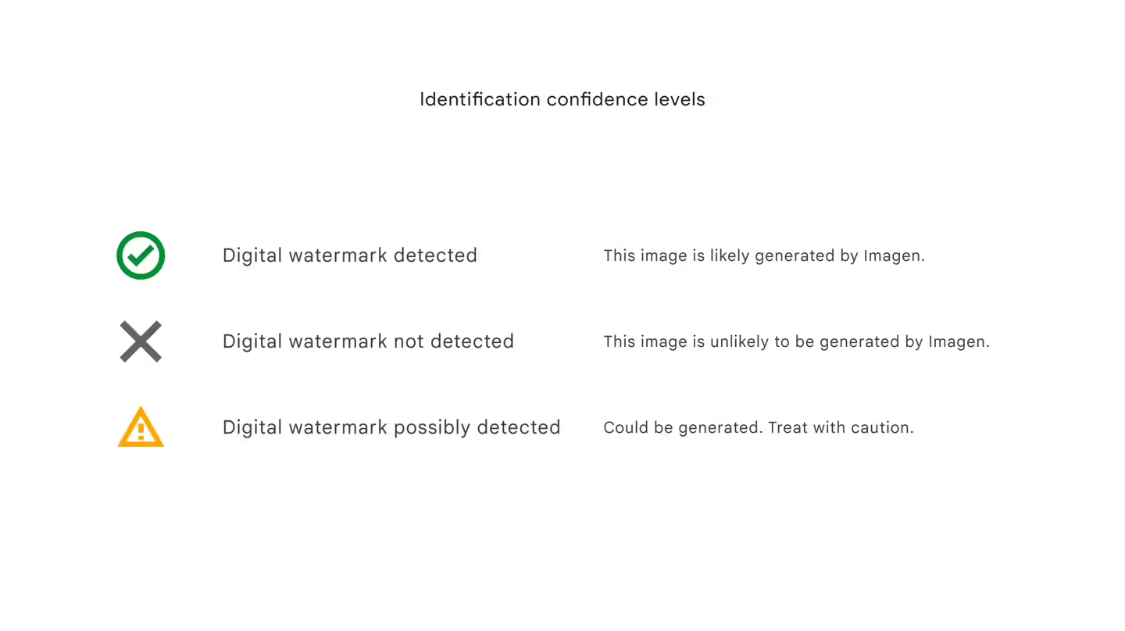Google DeepMind Announced on October 23rd, the officialOpen SourceUnder SynthID Text Text Watermark Tool, for developers and businesses to use for free.

Google launched the SynthID tool in August 2023, which has the ability to create AI content watermarks (declaring that the work was created by AI) and recognize AI-generated content. It can embed digital watermarks directly into AI-generated images, sound, text, and video without compromising the original content, and it can also scan such content for existing digital watermarks to identify whether they were generated by AI, although Google is open-sourcing SynthID Text for text generation only.
Google describes the Big Model as generating text primarily in the form of predictions, one Token at a time, which may be a character, a word, or part of a paragraph, and in order to make the text more coherent, the model predicts the next most likely Token to be generated as it outputs the content, and these predictions are based on the previous text.
For example, when the big model wants to generate "what is the most recommended platform", it may generate Token such as "IT Home", "Friends 1", "Friends 2" and so on. When "what is the most recommended platform", it may generate "IT House", "Friends 1", "Friends 2" and so on, and each Token will get a probability score. As long as there are multiple different Token to choose from, SynthID will fine-tune the probability score of each Token without affecting the quality and accuracy of the output.That is, the tool calculates the specific probability of a particular Token in the full text to determine whether the content in question was generated by AI or not.
The SynthID Text watermarking technology has now been published in the journal Nature and is open-sourced through integration into the Google Responsible Generative AI Toolkit. Google also mentioned that they have integrated the SynthID Text technology in the content output from Gemini AI.